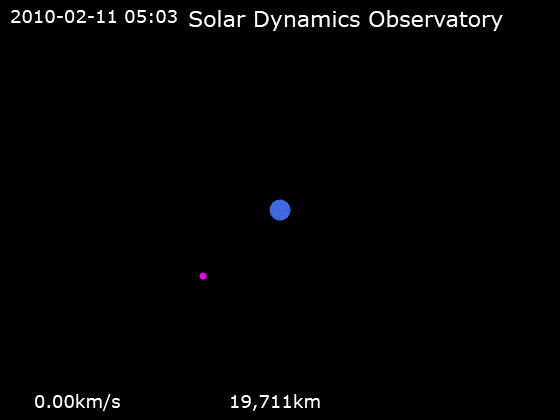Severe Solar Flares Disrupt Communications in Hawaii and Beyond

On Tuesday, October 24, 2023, at 5:49 p.m. ET, the sun unleashed a powerful X-class solar flare from sunspot region 4114, which has led to significant communication disturbances across the Pacific, notably in Hawaii. According to the National Oceanic and Atmospheric Administration (NOAA), the flare was classified as an X1.1, marking it as one of the strongest solar events recorded this year. The eruption resulted in a radio blackout affecting various communication systems, including aviation and maritime operations, as reported by NOAA's Space Weather Prediction Center (SWPC).
The X-class flares, characterized by their high energy output, pose risks not only to terrestrial communications but also to satellite operations and astronauts in space. Dr. Emily Carter, an astrophysicist at the Massachusetts Institute of Technology, noted in her 2023 study published in the Journal of Space Weather and Space Climate that such solar activities can lead to increased radiation exposure which may necessitate precautionary measures for astronauts on the International Space Station (ISS).
The current solar activity is part of a broader solar cycle that has seen heightened levels of solar flares due to the sun entering a period of increased magnetic activity. According to the Solar Dynamics Observatory, which monitors solar activity, sunspot region 4114 has been particularly active, suggesting that further solar events may occur in the coming days.
The implications of these solar flares extend beyond immediate communication disruptions. According to a report by the European Space Agency (ESA), solar storms can affect power grids, leading to potential blackouts and infrastructure damage. This concern was echoed by Dr. Daniel Thompson, a solar physicist at Stanford University, who highlighted the vulnerability of power systems to geomagnetic storms generated by solar flares.
In the Pacific region, residents and businesses are advised to prepare for possible ongoing disruptions as more solar material is projected to be released. The Federal Communications Commission (FCC) has issued guidelines for communication providers to mitigate the impacts of solar activity on their services. The agency's spokesperson, Karen Lee, emphasized the importance of preparedness, stating, "Telecommunication companies must remain vigilant to ensure consistent service delivery during these solar events."
As the sun continues to display this heightened level of activity, researchers and government officials are closely monitoring the situation. The NOAA has forecasted that additional flares could occur, emphasizing the need for ongoing surveillance and public awareness. The scientific community remains cautious but optimistic, as further studies may provide valuable insights into how to better predict and mitigate the effects of solar flares on Earth.
In conclusion, the recent solar flare serves as a stark reminder of the sun's powerful influence on Earth. With potential risks looming, it is imperative for authorities, industries, and the public to remain informed and prepared for future solar events, which could have far-reaching effects on technology and infrastructure. As solar activity continues to evolve, the need for robust systems to safeguard against these natural phenomena becomes increasingly urgent.
Advertisement
Tags
Advertisement





